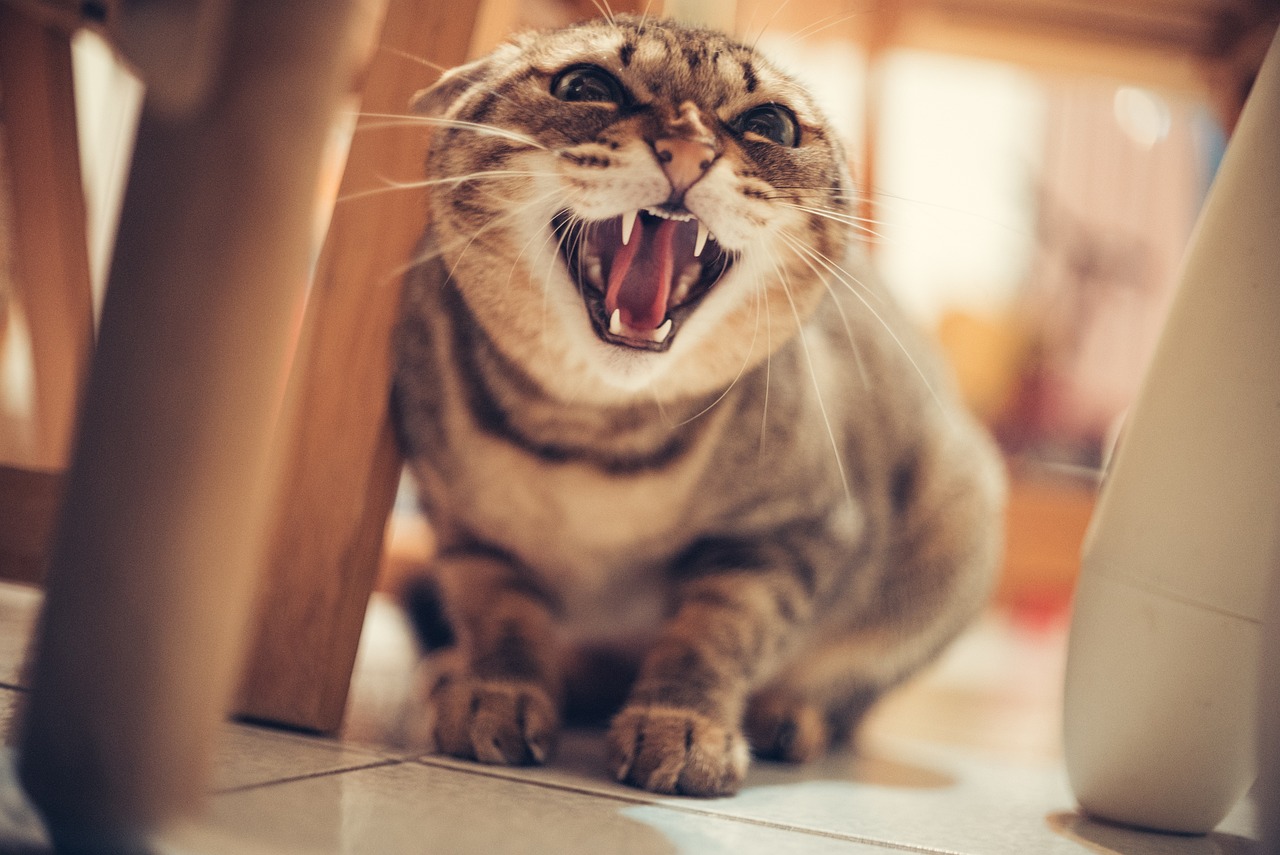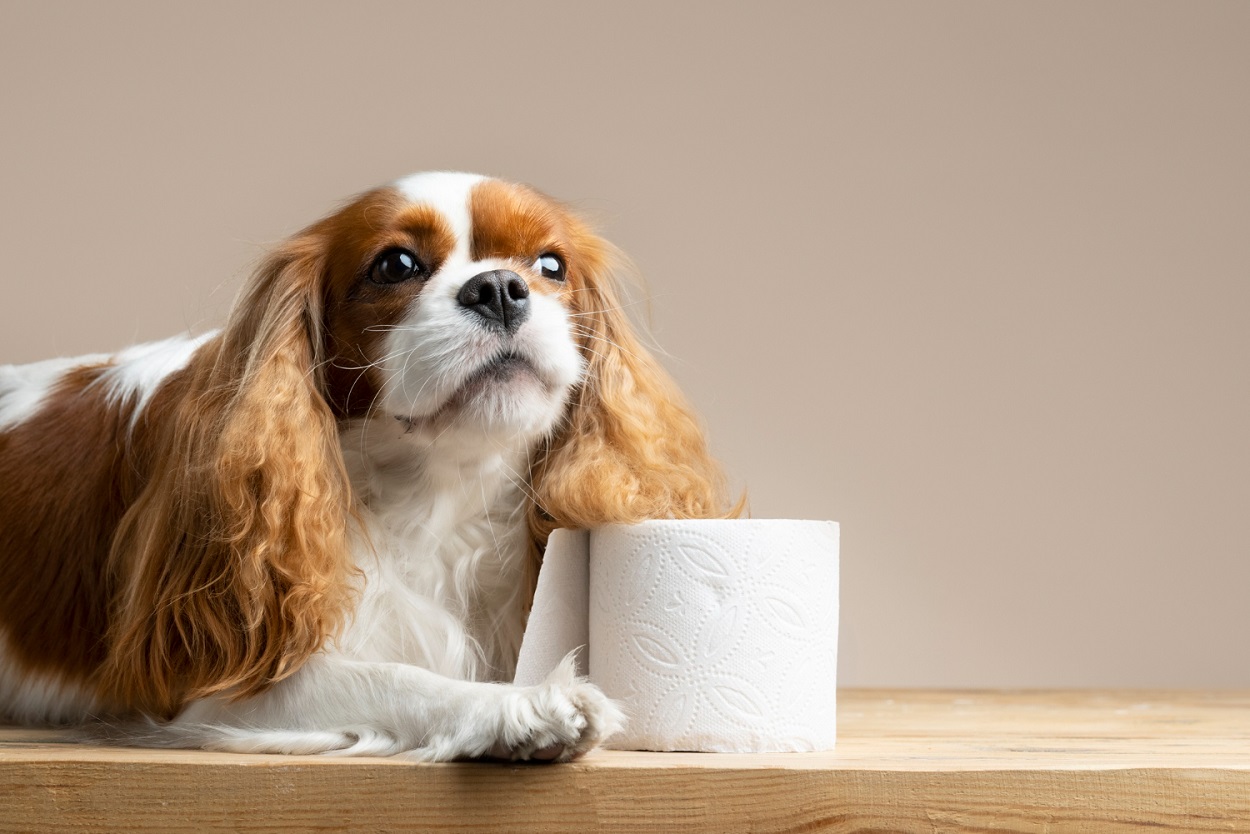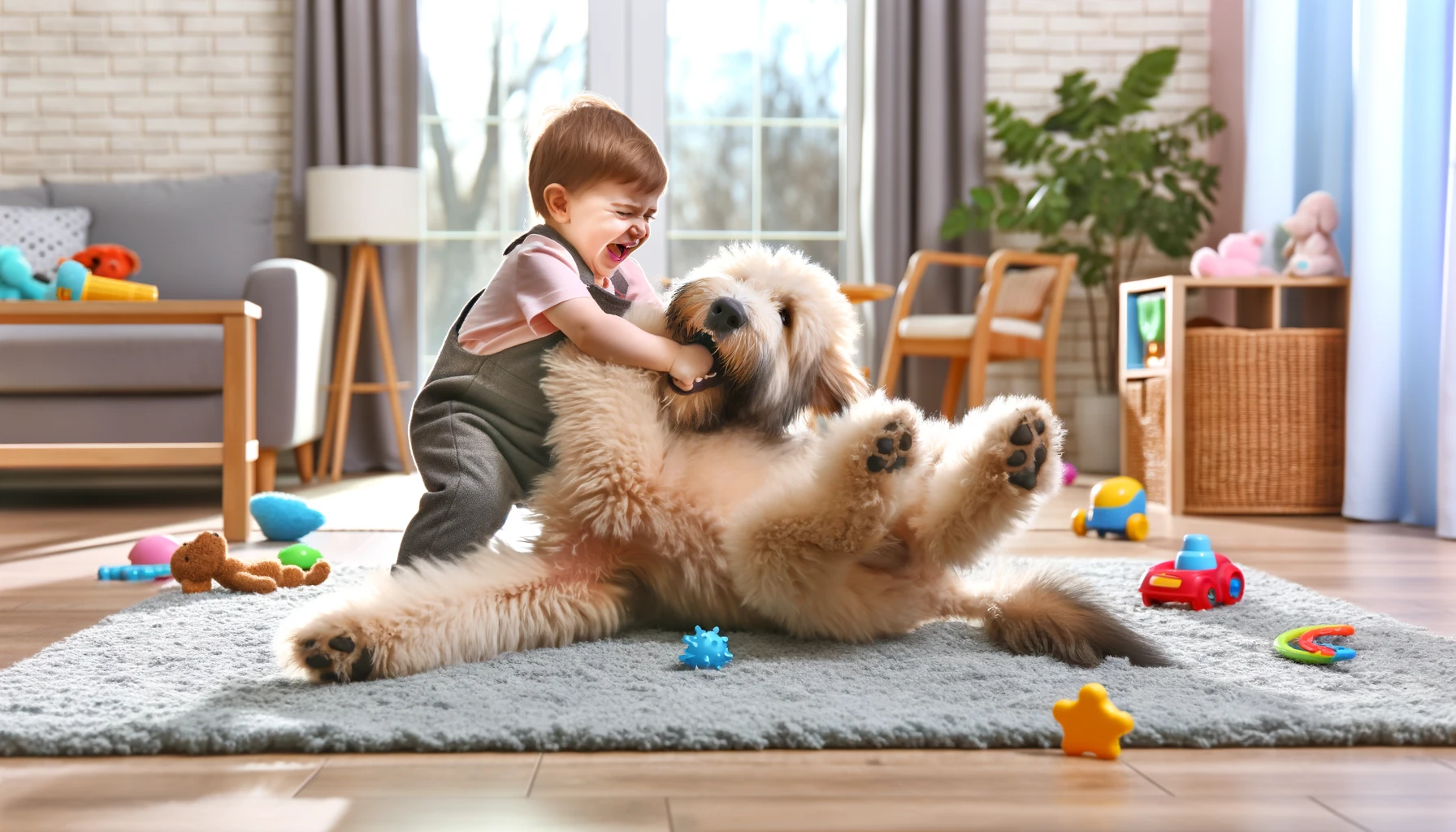The age-old question of how much to feed your feline friend. First things first, despite what your cat might have you believe at 3 am, they do not need to eat constantly. No, Mr. Whiskers, you cannot con me into believing you’re starving merely 5 minutes after your last meal.
Jokes aside, determining the right amount of food for your cat isn’t an exercise in futility. It’s science, sprinkled with a bit of common sense and a dash of humor.
1. Consider the Cat-Calorie Conundrum
Cats are like people – some have the metabolism of a snail on a leisurely stroll, while others are like hyperactive squirrels on a caffeine high. Generally, the average indoor kitty requires about 20 calories per pound (or about 44 calories per kilogram) of body weight. So, if your cat is a lean, mean 10-pound machine (roughly 4.5 kg), they need about 200 calories a day.
But before you start doing cat-math and calculating calories, here’s the catch: not all calories are made equal. We aren’t talking about feeding your cat three mini cupcakes and calling it a day (unless you’re aiming for a diabetic cat). Always go for quality cat food, folks.
2. Age Ain’t Nothing But a Number (or so they say)
Kittens, much like human toddlers, are bottomless pits. They’re growing, exploring, and have the energy level of a tornado. They need more food than adult cats. Typically, kittens require almost twice the amount of calories per pound as an adult cat. So, ensure you’re feeding them kitten-specific food, which is packed with all the right nutrients.
On the other hand, older cats (think your grandpa in cat form) may need fewer calories. Their activity level drops, metabolism slows down, and their once rambunctious spirit gives way to more napping.
3. ‘Can’ You Feed Me Now?
Canned or dry? It’s the debate as old as…well, commercial cat food. Canned food often has higher water content which can be beneficial for cats since they tend to be terrible at drinking water. (They must think they’re plants, thriving on air and sunlight.) But dry food has its merits too. It’s less messy, easier to store, and great for dental health.
Pro-tip: Look for actual meat as the primary ingredient. If the first thing listed is something like “mystery meat by-products,” run for the hills or at least another aisle.
4. Watch out for the Chonk
Remember, while a chubby cat might look adorable and meme-worthy, obesity in cats is no laughing matter. Overweight cats are at risk for diabetes, arthritis, and other health issues. So, no matter how much your cat tries to guilt-trip you with those big, pleading eyes, resist overfeeding.
You may also read: How to Help Your Cat Lose Weight
5. Treats: The Catnip of the Food World
Let’s talk treats – the cat equivalent of us sneaking a midnight snack from the fridge. A treat now and then won’t hurt. In fact, it can even be a bonding moment. But don’t let those treats turn into meals. They’re called treats for a reason. Remember, moderation is key. Your cat should get no more than 10% of their daily caloric intake from treats.
6. The Watering Hole
Did you know that cats evolved from desert animals? That explains their disdain for rain and their sometimes poor drinking habits. So while you’re busy ensuring they’re fed right, also make sure they’re hydrated. This is where wet food can come in handy. But also, always ensure there’s fresh water available. Maybe even consider one of those fancy cat fountains if you feel like spoiling them. After all, what cat wouldn’t want its very own waterfall?
7. When in Doubt, Consult the Expert: The Vet, Not Your Neighbor Karen
Always be sure to consult with your vet about your cat’s dietary needs, especially if there are health concerns or if Fluffy suddenly decides to go on a hunger strike. And while neighbor Karen might swear by her homemade tuna-catnip casserole, remember: professionals are there for a reason.
8. Active Cats = Hungry Cats
The amount of food a cat needs can vary based on activity level. An indoor cat who spends 90% of its day plotting to trip you on the stairs will burn fewer calories than a cat who’s outdoors chasing imaginary creatures. So, if you’ve got an adventurer on your hands, consider upping their food game.
9. The Bowl Conundrum: Size Matters
If you’ve ever poured yourself a bowl of cereal only to realize you’ve greatly overestimated your hunger, you know that bowl size can be deceiving. The same goes for your cat. A larger bowl can make it seem like there’s less food, so you may inadvertently overfill. To prevent this, measure out portions or opt for a smaller dish.
10. Remember: Cats Are Not Garbage Disposals
They might act like they’ll eat anything (especially when it’s not theirs), but that doesn’t mean they should. Be cautious about giving them scraps from your plate. While a little bit of plain chicken or fish is usually okay, avoid feeding them anything spicy, sugary, or anything from the onion family.
In the great journey of cat ownership, food plays a central role. Whether you’re dealing with a gourmet mouser or a simple kibble cruncher, the key is balance. Feed them right, and you’ll be rewarded with purrs, headbutts, and maybe just a few less “gifts” left at your doorstep. After all, a fed cat is a happy cat. And isn’t that the purrrpose of it all?
Pro Tips for the Purrfect Mealtime
- Listen to the Purrs, Not the Meows: While a persistent meow might suggest Mr. Whiskers is on the brink of starvation (again), don’t be fooled. Cats are masters of persuasion. Instead, monitor their behavior after meals. Content purring often means a happy, satiated kitty.
- Diversity in Moderation: Like humans, cats can get bored with the same meal every day. While consistency is essential for digestion, occasional variety (in the form of a new flavor or treat) can be an exciting change for them. Just ensure it’s cat-friendly!
- Play Before Meals: Engage your cat in a bit of playtime before feeding. Mimicking the hunt-catch-eat sleep pattern can be more satisfying for them and can also help with digestion.
- Label Literacy: Understanding cat food labels is crucial. Terms like “complete” mean the food provides all the nutrients your cat needs, while “complementary” means it should be paired with other foods. Don’t get tricked by fancy packaging and buzzwords!
- Be Cautious with ‘All Natural’ Claims: Just because something is labeled ‘natural’ doesn’t mean it’s the best option for your cat. Arsenic is natural, but you wouldn’t want it in your dinner, right? Research ingredients and ensure they’re beneficial for feline health.
- The Slow Transition: If you’re switching cat foods, do it gradually over a week. Mix in the new food with the old in increasing amounts. This will help avoid upset stomachs and food refusal.
- Storage is Key: Keep dry cat food in a cool, dry place and make sure to seal the bag or container tightly. This preserves the food’s freshness and keeps out pests.
- Avoid the Milk Myth: Contrary to popular belief, many cats are lactose intolerant. So, while they might lap up a bowl of milk with enthusiasm, it might lead to an upset tummy later.
Feline FAQs: Demystifying Mealtime for Your Cat
While cats and dogs might both be lovable four-legged furballs, their dietary needs are different. Dog food lacks certain nutrients essential for cats, like taurine. So, while a one-time nibble won’t be disastrous, it’s not a sustainable or healthy option for your feline.
Many vets recommend feeding adult cats twice daily — once in the morning and once in the evening. However, kittens need more frequent meals, often 3 to 4 times a day. Monitor your cat’s weight and adjust accordingly.
If your cat is becoming a bit more, ahem, rotund, it’s essential first to consult your vet. They can provide guidance on portion sizes and even recommend a weight management food. Remember, sudden changes in diet can be harmful, so always transition with care.
While many cats love milk, a significant number are lactose intolerant. This means milk can lead to an upset stomach or diarrhea. If you wish to give your cat a dairy treat, consider specially formulated cat milk available at pet stores.
Raw food diets are a topic of debate. While some believe it’s closer to a cat’s natural diet, others point out potential risks like bacterial contamination. If you’re considering a raw diet, consult with your vet to ensure you’re meeting all of your cat’s nutritional needs.
Cats can be notorious for their picky eating habits. Try introducing new flavors slowly or warming up wet food slightly to release more aroma. If your cat consistently refuses food or loses weight suddenly, consult your vet. There might be underlying health issues.
Absolutely. Some human foods can be harmful or even deadly to cats. These include chocolate, onions, garlic, alcohol, caffeine, and certain artificial sweeteners like xylitol. Always be cautious and avoid giving table scraps.



